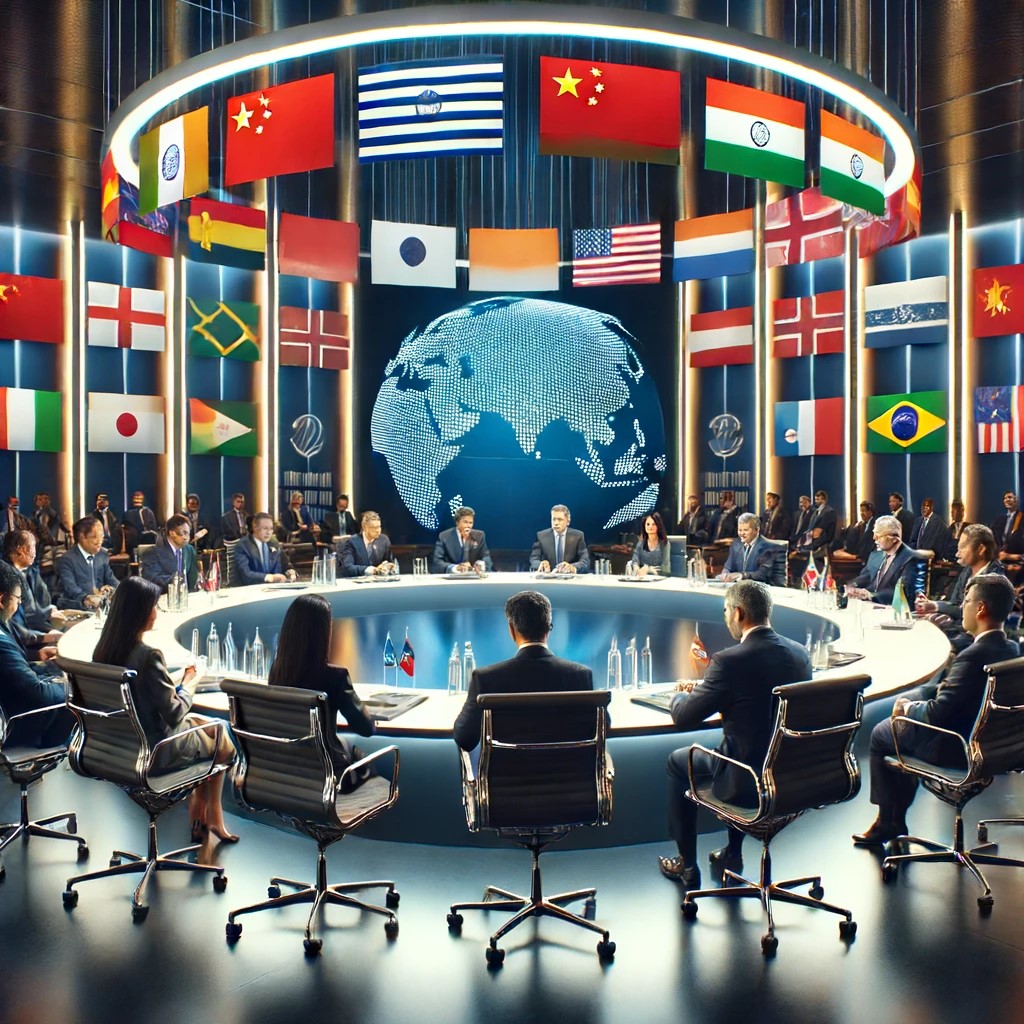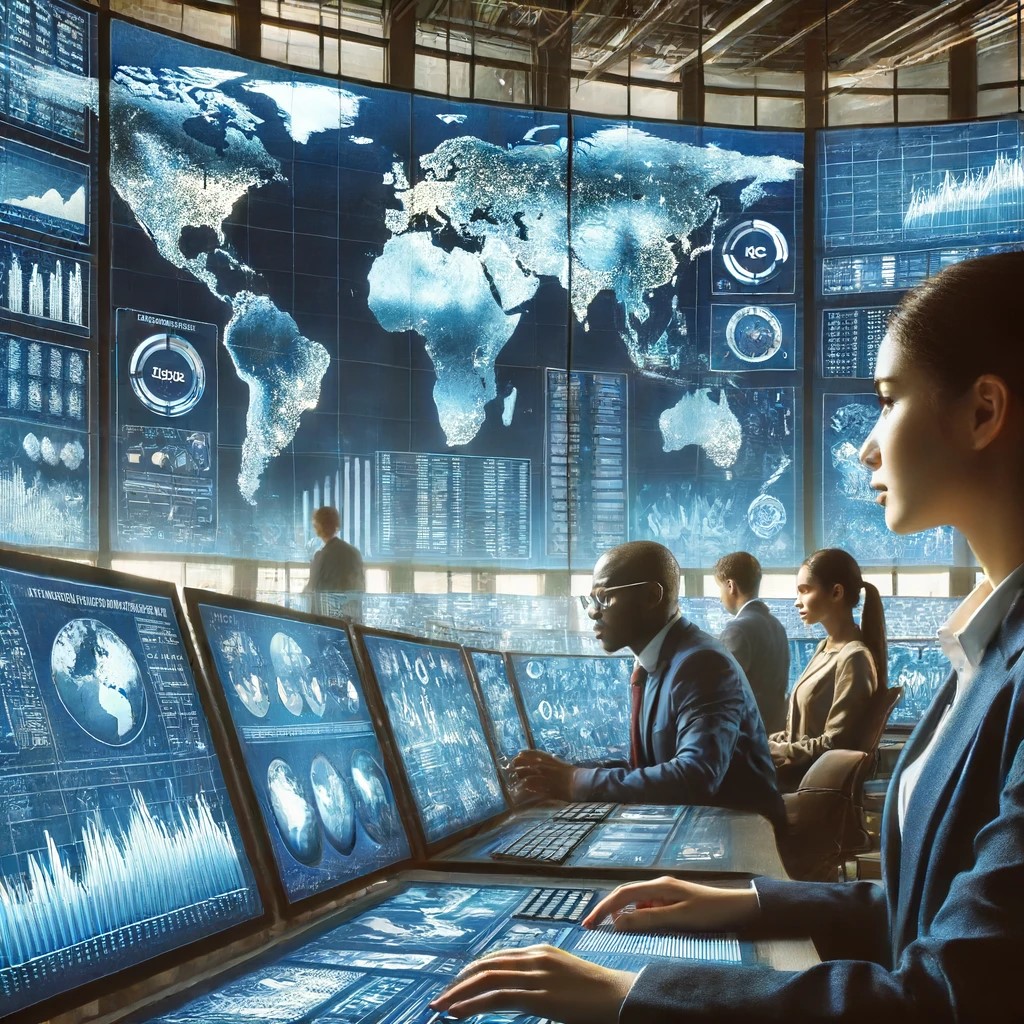The global economic landscape is undergoing significant transformations, marked by shifts in power dynamics that have profound implications for international trade, investment, and policy-making. This article delves into the current trends influencing these shifts and forecasts potential future developments in global economic power dynamics.

Current Trends Influencing Global Economic Shifts
1. Technological Innovation:
Technological advancement is a significant driver of economic power shifts. Nations at the forefront of technology, especially in fields like information technology, biotechnology, and green energy, are setting new standards in economic development. South Korea and Taiwan, for example, have become global leaders in semiconductor manufacturing, which is pivotal in today’s tech-driven economy.
2. Demographic Changes:
Demographic trends are also reshaping economic power dynamics. Aging populations in countries like Japan and Germany pose challenges to sustained economic growth due to shrinking workforces and increased pension burdens. Conversely, countries with younger populations, such as India, are experiencing demographic dividends that boost economic growth through a larger, more dynamic workforce.
3. Globalization Backlash:
The recent backlash against globalization, manifested through rising protectionism and trade wars, notably between the U.S. and China, is reshaping global economic relationships. This trend is prompting nations to reassess their economic strategies, focusing more on regional partnerships and reducing dependency on global supply chains.

Future Predictions for Global Economic Power Dynamics
1. Multipolar Economic World:
The future global economy is likely to be multipolar, with several significant economic centers rather than a single dominant power. This shift will foster a more balanced global economic landscape, with increased opportunities for cooperation and competition among nations.
2. Changing Role of International Institutions:
International economic institutions such as the World Trade Organization (WTO) and the International Monetary Fund (IMF) may undergo transformations to accommodate the new realities of the global economy. Reforms might be necessary to include greater representation and voice for emerging economies, reflecting their growing economic significance.
3. Increasing Economic Nationalism:
Economic nationalism is expected to continue rising, with countries prioritizing domestic industries and job creation over global trade norms. This shift could lead to more bilateral trade agreements and fewer multilateral engagements, potentially leading to a fragmented global trade system.

4. Sustainability as a Pillar of Economic Power:
Sustainability and environmental concerns are becoming central to economic power. Countries that lead in sustainable practices and green technology are likely to gain economic and geopolitical advantages. This trend is driven by global climate concerns and the increasing economic costs of environmental degradation.
Conclusion
The dynamics of global economic power are shifting more rapidly than at any time in recent history. While the rise of emerging economies introduces new challenges and opportunities, technological innovations and demographic trends are simultaneously influencing the development trajectories of nations. Understanding these shifts is crucial for policymakers, businesses, and investors as they navigate the complexities of the 21st-century global economy. The future will likely see a more distributed and diverse set of economic power centers, each influencing global economic policies and practices in significant ways.


